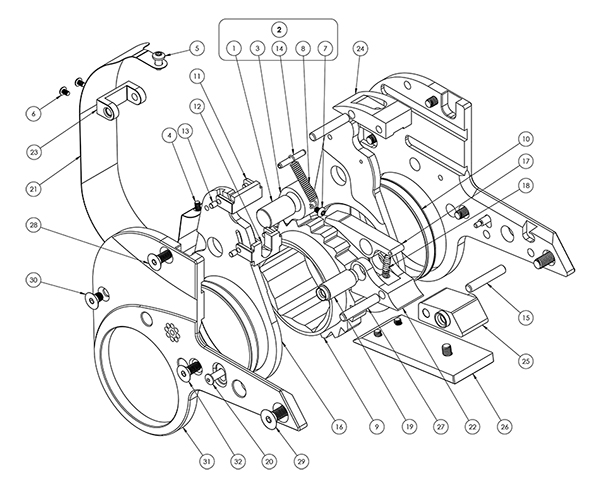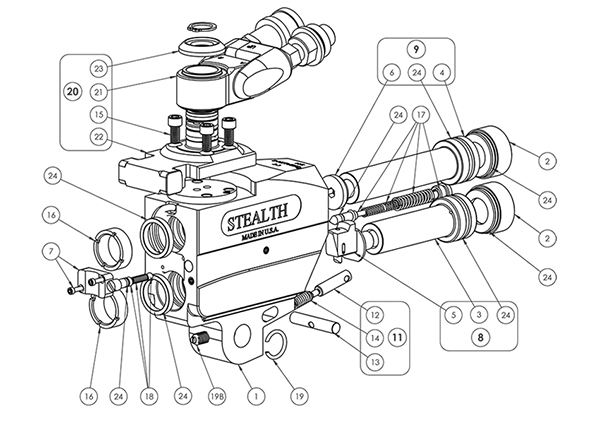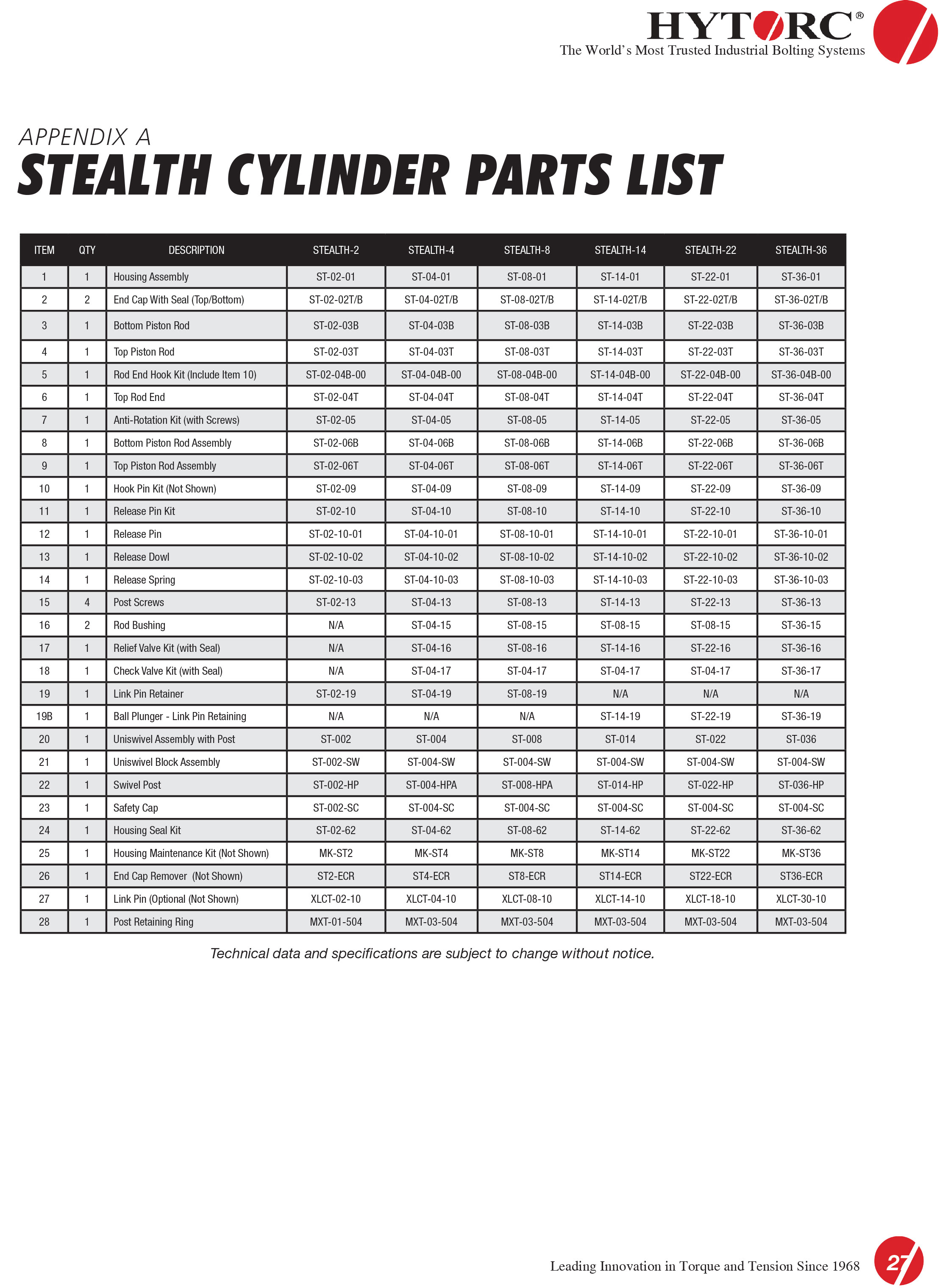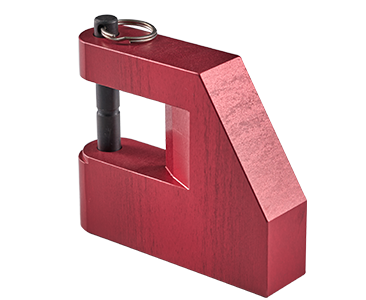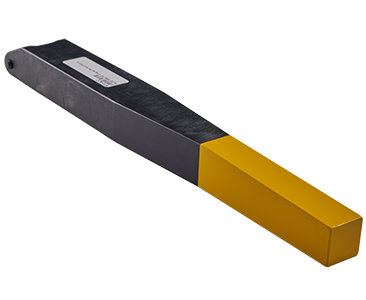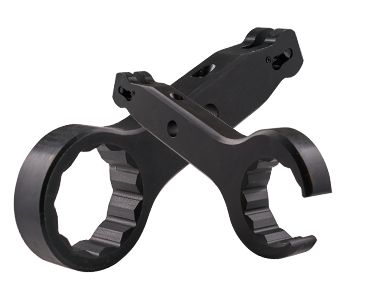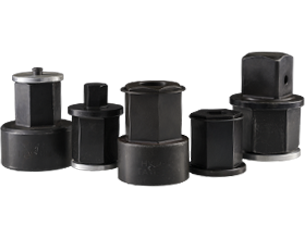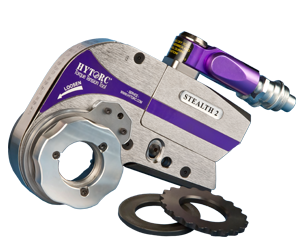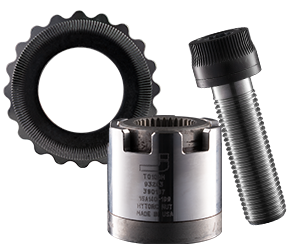STEALTH
The Stealth series is the industry’s most advanced limited clearance hydraulic bolting system. The slim design fits where other tools will not and the dual piston power head provides unparalleled speed and power. Also compatible with the HYTORC Washer and HYTORC Nut, the Stealth series can conquer bolting applications from general maintenance to critical pathways.
01. HANDS-FREE OPERATION
For the highest level of safety on industrial bolting jobs, HYTORC recommends hands-free operation. The Stealth Lock-On adapter allows for hands-free usage with or without the HYTORC Washer.

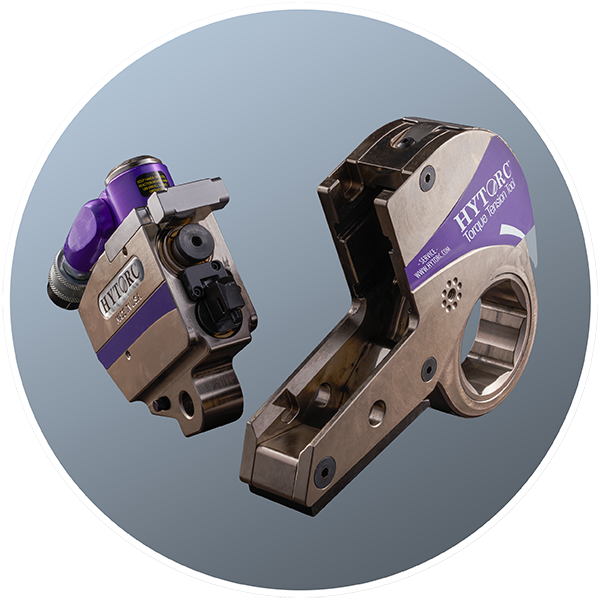
02. DUAL PISTON POWER
The patented design of the Stealth’s dual pistons gives more power and speed than any other limited clearance tool in the market.
03. SLIM DESIGN
The Stealth was the first industrial bolting system in the market to feature a continuous slim body design that fits in even the tightest confines.
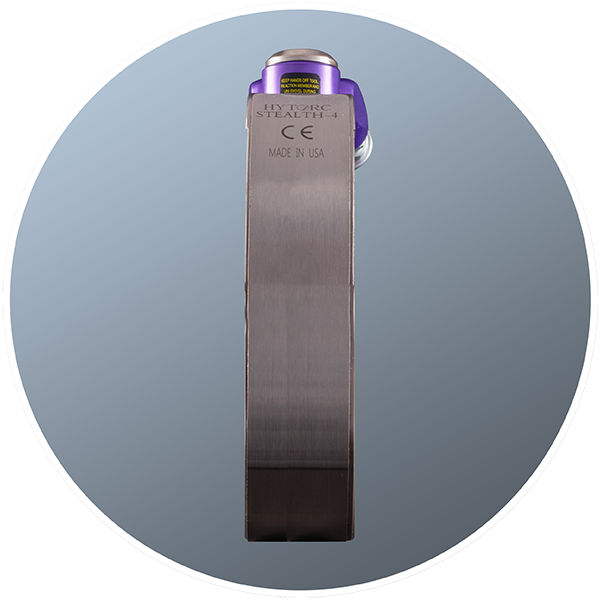
SPECIFICATIONS
Torque Charts
Technical Data
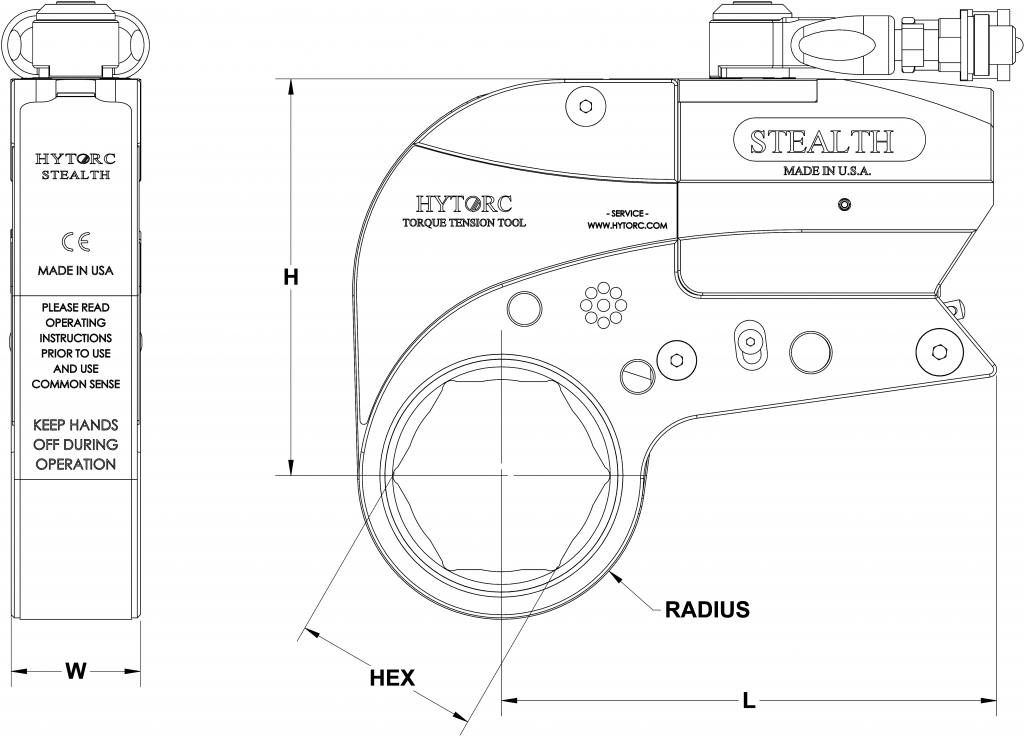
Imperial
| TOOL MODEL | Height (H) | Width (W) | Length (L) | Radius (R) | Weight | Torque Range | |
| STEALTH – 2 | 4.21″ | 1.25″ | 5.53″ | 1.03″ to 1.76″ | 4.00 Lbs. | 278 – 1,869 ft-lbs | |
| STEALTH – 4 | 5.43″ | 1.66″ | 6.56″ | 1.33″ to 2.32″ | 4.30 Lbs. | 604 – 4020 ft-lbs | |
| STEALTH – 8 | 6.40″ | 2.18″ | 8.00″ | 1.77″ to 2.89″ | 6.70 Lbs. | 1,199 – 7,984 ft-lbs | |
| STEALTH – 14 | 7.94″ | 2.50″ | 9.35″ | 2.32″ to 3.47″ | 10.40 Lbs. | 2,105 – 14,255 ft-lbs | |
| STEALTH – 22 | 9.18″ | 2.91″ | 10.80″ | 2.62″ to 3.87″ | 15.40 Lbs. | 3,250 – 21,875 ft-lbs | |
| STEALTH – 36 | 10.81″ | 3.41″ | 12.71″ | 3.07″ to 4.80″ | 24.10 Lbs. | 4,917 – 34,722 ft-lbs |
Metric
| TOOL MODEL | Height (H) | Width (W) | Length (L) | Radius (R) | Weight | Torque Range | |
| STEALTH – 2 | 106.93 mm | 31.75 mm | 140.46 mm | 26.16 to 44.70 mm | 1.81 Kg. | 376.92 – 2,534.03 Nm | |
| STEALTH – 4 | 137.92 mm | 42.16 mm | 166.62 mm | 33.78 to 58.93 mm | 1.95 Kg. | 818.92 – 5,450.40 Nm | |
| STEALTH – 8 | 162.56 mm | 55.37 mm | 203.20 mm | 44.96 to 73.41 mm | 3.04 Kg. | 1,625.63 – 10,824.88 Nm | |
| STEALTH – 14 | 201.68 mm | 63.50 mm | 237.49 mm | 58.93 to 88.14 mm | 4.72 Kg. | 2,854.01 – 19,327.24 Nm | |
| STEALTH – 22 | 233.17 mm | 73.91 mm | 274.32 mm | 66.55 to 98.30 mm | 6.99 Kg. | 4,406.42 – 29,658.60 Nm | |
| STEALTH – 36 | 274.57 mm | 86.61 mm | 322.83 mm | 77.98 to 121.92 mm | 10.93 Kg. | 6,666.58 – 47,076.85 Nm |
DIMENSIONAL OUTLINES
Troubleshooting
Prior to testing hydraulic torque wrenches. A visual inspection should be done. The visual inspection should include.
- Cracked, bent, or damaged couplers.
- Swivel Assembly
- Cracked swivel block
- Loose swivel assembly
- Swivel post retaining ring is attached
- Loose end cap
- Cracked or damaged housing
Tool does not ADVANCE or RETRACT. Check the following.
- Couplers are loose or damaged.
- Tighten and/or replace couplers.
- Ratchet
- Replace ratchet if the teeth are stripped, missing or damaged.
- Drive pawl Assembly
- Check drive pawl springs for damage.
- Inspect drive pawl for damage.
Tool does not build 10,000 PSI in the ADVANCE position, and there are no external leaks. The tool has an internal leak. Internal leaks are located in two areas, the swivel assembly and the cylinder.
- Swivel Assembly – Tool will not build over 2000 PSI
- Replace damaged swivel seals.
- Inspect swivel post for wear and/or damage.
- Inspect swivel block for damage.
- Cylinder – Tool will not build over 6000 to 7000 PSI
- Check the piston and cylinder O-ring for wear and/or damage.
- Inspect the piston assembly for wear and /or damage.
- Inspect cylinder wall for excessive wear.
Tool has an external leak.
- Swivel Assembly
- Bent or broken couplers.
- Worn and/or damaged seals.
- Cracked or damaged swivel block.
- Damaged swivel post.
- Cylinder
- Worn and/or damaged seals.
- Loose end cap.
- Worn and /or damaged piston assembly.
- Damaged housing assembly.
The tool will not build over 2000 PSI under load
- Bottom piston check valve
- Debris in check valve causing the valve to stay open.
- Issue with piston valve seat.
Operations Manual
Spare Parts
ACCESSORIES
Fasteners
Bolting Software
